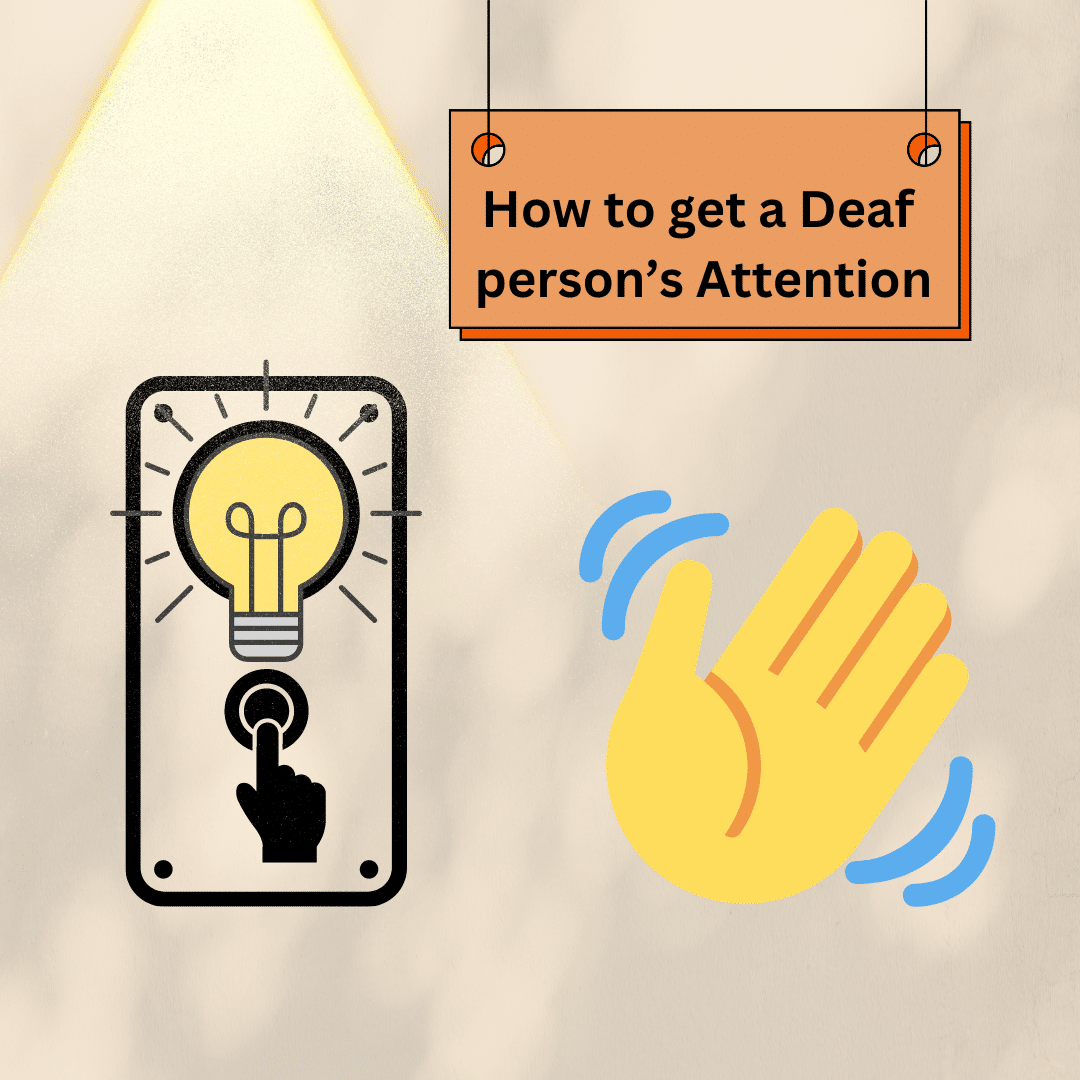Texas School for the Deaf
- by Start ASL
- No Comments
Isabella Rogers | 30 November 2020
Although many would disregard the disabled, The Texas School for the Deaf is considered the pride of Texas because it accomplished so much independently in the past two centuries. The deaf school is older than the state capitol in Austin, Texas; the oldest continuously operating public school in Texas; and the second-largest school for the deaf in North America.
The Texas Institution for the Education of the Deaf and Dumb was founded in 1856 during the state’s sixth legislature when a deaf man named Matthew Clark requested that a deaf school be formed. He became the recruiter, founder, teacher, and first superintendent of the Texas Institution for the Education of the Deaf and Dumb.
Thankfully, the school has been renamed many times since its start to be more politically and socially correct. The school was initially named Texas Institution for the Education of the Deaf and Dumb in 1856, then renamed Texas Deaf and Dumb Institution in 1868, Texas Institution for the Deaf and Dumb in 1871, Texas Deaf and Dumb Asylum in 1877, and finally Texas School for the Deaf in 1911. It has kept the name Texas School for the Deaf, which is more acceptable and less offensive, for the past century.
The deaf school was built on the same land that it is on today. The campus remains on the original 67.5 acres on Congress Avenue in Austin, Texas. It has grown in the past century. Initially, the campus only had a two-room cottage for the girls and boys dormitory; three log cabins used for the principal, the laundry, the kitchen; and an old, greasy smokehouse used for the schoolhouse. The original dorms and schoolhouse were small, dirty, and cramped. More floors were added to the dorms after the Civil War and a two-story house was built. Today, the school’s dorms and classrooms have expanded to nearly 500,000 square feet of buildings and a campus that is valued at $65 million dollars.
Since most of the students were poor, they had to work to support themselves. Many could not afford to return home during the holidays so they had to stay in the dorms year-round. Times were tough during the Civil War and the students had to grow their food and sew their clothes in order to survive. The girls knitted clothes to sell at the market while the boys made candles and hauled water from the creek a mile away. Other students made straw hats, mats, and baskets to sell at the market. Because the students quickly learned valuable skills and were self-sufficient during the poorest times, they survived many harsh years where they might have starved or frozen to death.
After being run by several unqualified and unsympathetic people and organizations over the years, the school now requires that 51% of its board members be deaf so that the students needs are taken care of and they are respected.
The number of students enrolled in the school has grown greatly from the four little boys the first year. After anti-segregation laws were passed in 1965, the school merged the black and white deaf schools in Austin which created two campuses. It gradually added grades to include from pre-school through high school and teaches some trades and careers to adults. The school has academics, athletics, clubs, and events like any other school. The students excel in many areas and have accomplished a lot. In 2020, the school’s football team won the playoffs. With all of the grades combined, the Texas School for the Deaf in Austin now has over 500 students enrolled.
References:
History of TSD – Heritage Center – Texas School for the Deaf (https://www.tsd.state.tx.us)
Texas School for the Deaf (https:// en.wikipedia.org/wiki/Texas_School_for_the_Deaf)
TSHA | Texas School For the Deaf (https://www.tshaonline.org/handbook/entries/texas-school-for-the-deaf)










